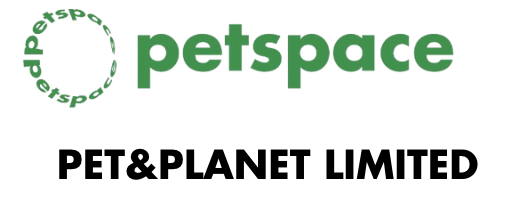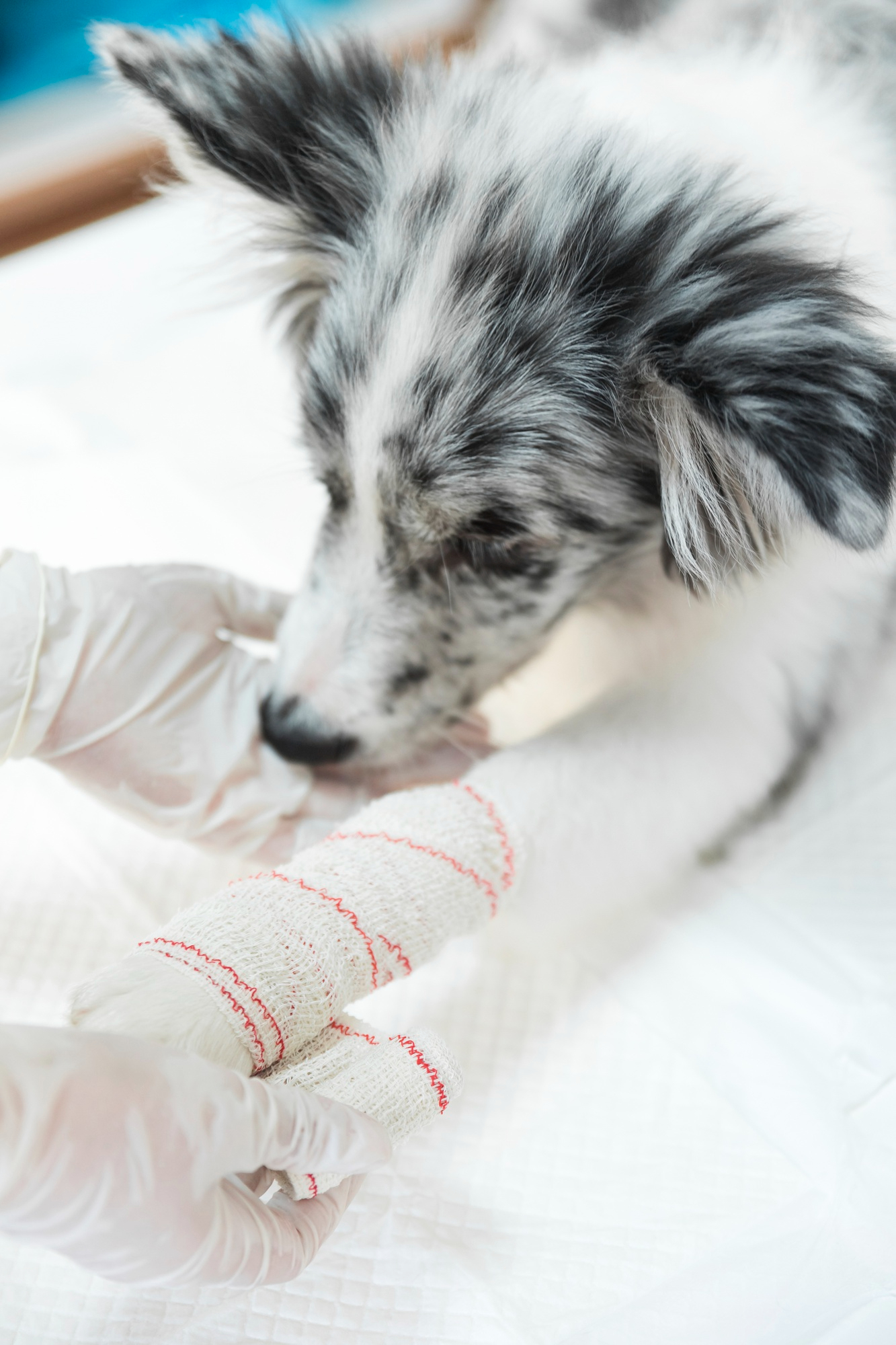The world of pet nutrition is ever-evolving, and one of the latest trends gaining traction is the use of insects as feed for pets, particularly dogs and cats. With the increasing buzz around sustainability and alternative protein sources, it’s no surprise that the pet food industry is exploring the potential of insects. But are they a viable option for our furry friends?
The Rise of Insect-Based Pet Foods
The increasing interest in insects as a sustainable protein source for humans has spilled over into the pet food industry. Several insect-based pet food products have already hit the market, with many more in development. This surge in interest is driven by the potential benefits of insects, including their naturalness, palatability, nutritional quality, health effects, and sustainability.
Naturalness of Insects in Pet Diets
When considering the natural diet of dogs and cats, it’s essential to understand their ancestral history. Dogs are direct descendants of the grey wolf, which primarily hunts large ungulates but also feeds on smaller mammals. Insects have been found in some wolf diets, but they contribute negligibly to their overall food intake.
Cats, on the other hand, originate from the wildcat and have a more varied diet. While rodents and lagomorphs are common prey, cats also consume birds, reptiles, and insects. In fact, some studies have shown that insects can contribute up to 7.9% of a cat’s diet in certain environments. Thus, while dogs might not naturally consume many insects, cats have a history of insect consumption, albeit in small amounts.
Palatability: Do Pets Like Insect-Based Foods?
The acceptance of insect-based foods varies between dogs and cats. Studies have shown that dogs might prefer foods containing black soldier fly larvae over those with yellow mealworms. Cats, however, seem to have a preference for yellow mealworm-based foods. The inclusion level and insect species play a significant role in the food’s acceptance. Overall, while dogs seem to accept foods with up to 10% black soldier fly larvae, cats are more varied in their preferences.
Nutritional Quality of Insect-Based Foods
Insects offer a rich nutrient profile, but their digestibility and nutritional quality can vary based on the insect species and processing methods. For instance, in vitro nitrogen digestibility of freeze-dried black soldier fly larvae, housefly larvae, and yellow mealworms is approximately 90%, which is in the range of conventional protein sources like poultry meat meal.
Sustainability and Environmental Impact
One of the primary reasons for the interest in insect-based pet foods is their potential for sustainability. Insect proteins have a lower environmental impact than traditional livestock meat proteins. However, it’s essential to note that many pet foods are based on animal co-products, which already have a reduced environmental impact. As insect rearing practices evolve, insect proteins might become more competitive with conventional sources.
Conclusion
The use of insects as feed for pets is an exciting development in the pet food industry. While more long-term studies are needed to evaluate the safety and adequacy of insect-based pet foods, early indications suggest that they offer a sustainable and nutritionally viable option for our pets. As with any new trend, it’s crucial for pet owners to stay informed and choose products that align with their pets’ nutritional needs and preferences.
References:
Siddiqui, S. A., Brunner, T. A., Tamm, I., van der Raad, P., Patekar, G., Alim Bahmid, N., Aarts, K. and Paul, A. (2023). ‘Insect-based dog and cat food: A short investigative review on market, claims and consumer perception’. Journal of Asia-Pacific Entomology. Elsevier, 26 (1), p. 102020. doi: 10.1016/J.ASPEN.2022.102020.


